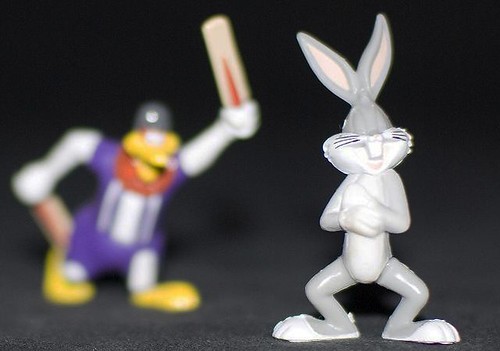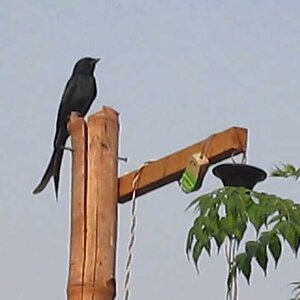1- I can see exactly how the photo will look before I take it.
2- I prefer to use hand held over a tripod, so the continuous bumps my shutter speed up enough for hand.
3- when shooting a directional light (like only having 1 on the face or a silhouette ) It is much faster to change a bulb and point it and shoot than adjusting a strobe and snapping to see what it looks like.
1 - I will guarantee you that with my limited experience, on the poses that I have practiced, I will get to 90% of what I want before the strobe gets pulled out of it's box. Thats just experience.
2 - Why would you assume that strobes require a tripod? I've yet to use a tripod in any of my sessions. And why would you think that continuous lights break the laws of physics and will give you higher shutter speeds than a strobe at equal light intensities (besides that, there is no convincing argument that you could use that would justify higher than any camera's maximum sync speed in a portraiture session)?
Fact is... a good strobe is a LOT brighter than any continuous light, just for a much shorter period of time... unless you are continuously blasting your model with one or two 400 watt bulbs. Even at that, you are not exceeding the power of a good SINGLE strobe, but likely just starting to come close.
On top of that, continuous or strobe, one is bound by the SAME laws of physics and the only way to control exposure is via your light source's intensity (which you have no control over, compared to a strobe's adjustability, BTW), ISO, aperture and shutter speed.
3 - See #1.
No offence, but none of what you said are really compelling arguments... and you STILL need a wall socket and have very limited portability.
You also cannot adjust the light intensity accurately to accomodate changing conditions... for example, expose a front lighting portrait of a couple in the setting sun... which within the last 15 minutes before the sunset will need to be adjusted at least 5 times to get a correct exposure. If anything, constant lighting limits your creativity AND your photographic possibilities on many levels.
It's only redeeming feature is "apparent" lower cost... but the learned know that a single strobe, lightstand and a peanut trigger will not only be more portable and flexible... but offer more creative possibilities for less than that continuous light setup. Toss in the cost of a reflector, and you will be hard pressed to compete with the results of this sub $200 kit.
I am not bashing anyone, but I do want to make sure that we don't mislead anyone into thinking something that is not 100% true.
My last point... how many top end professionals that you are aware of, use continuous lighting?














